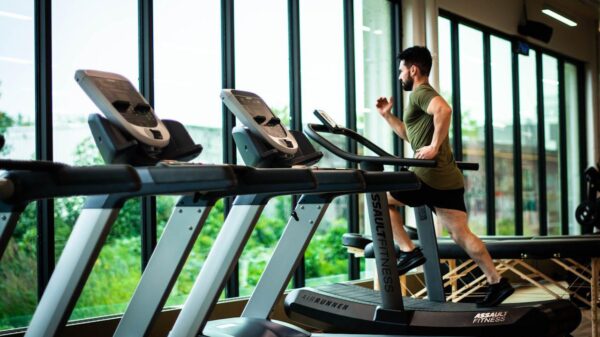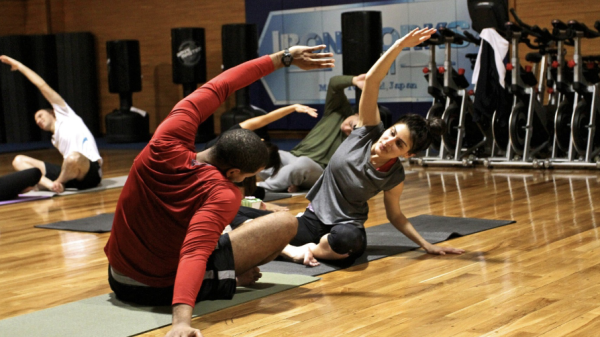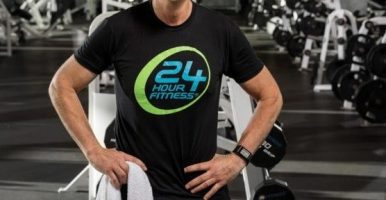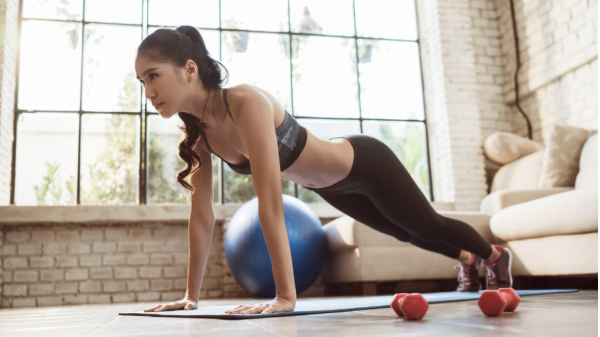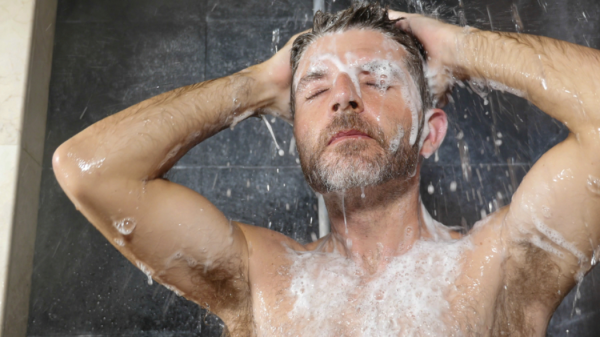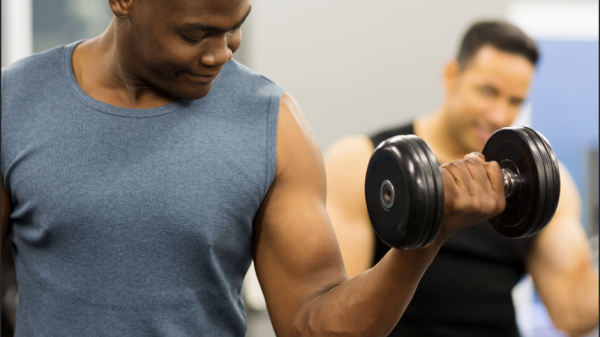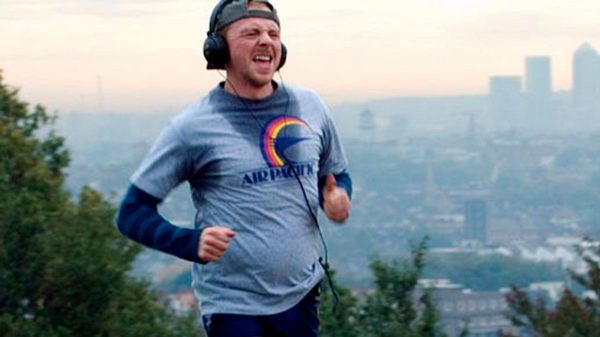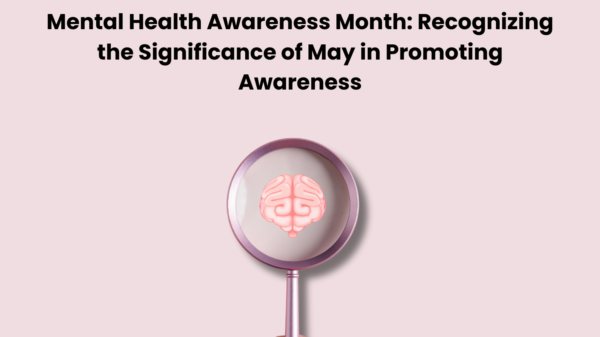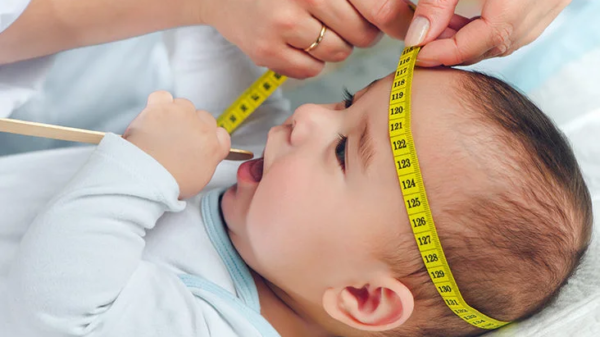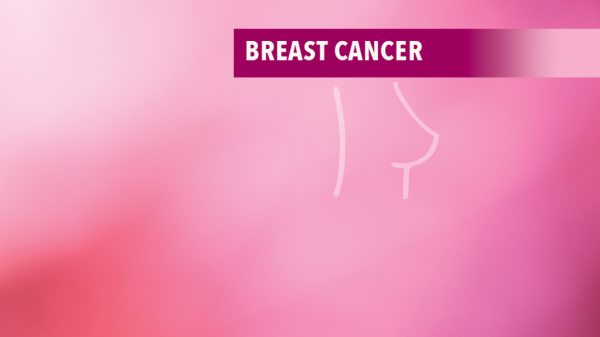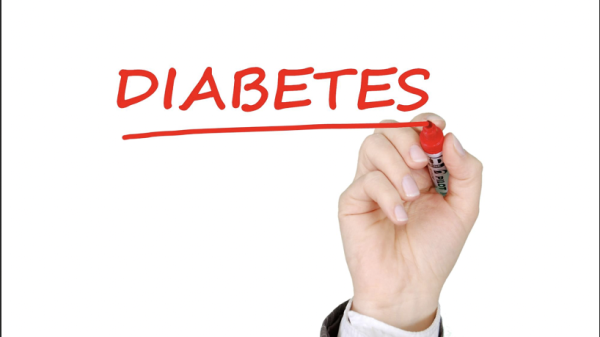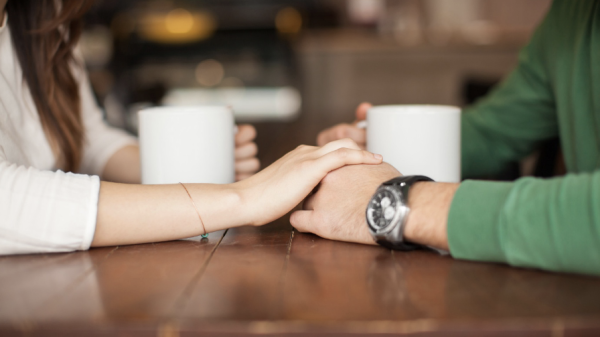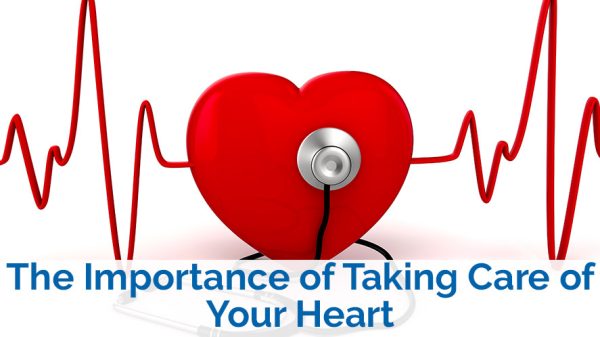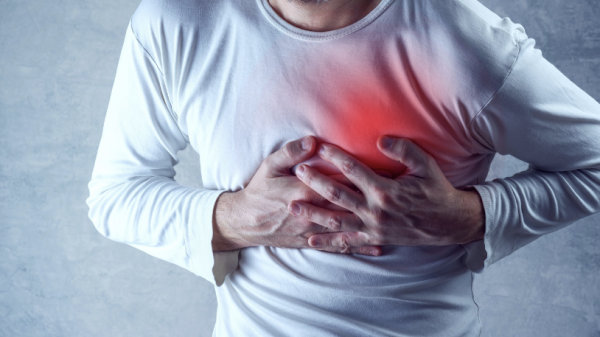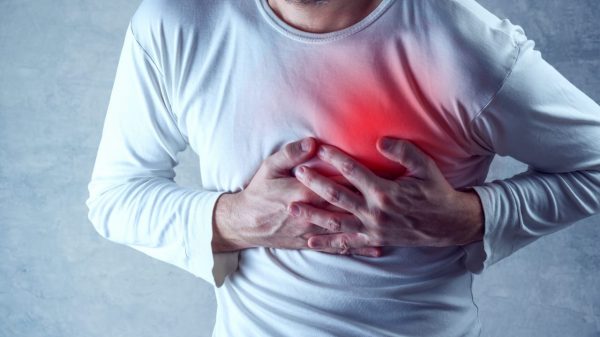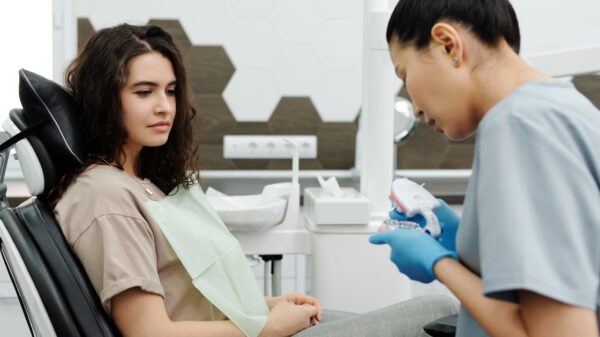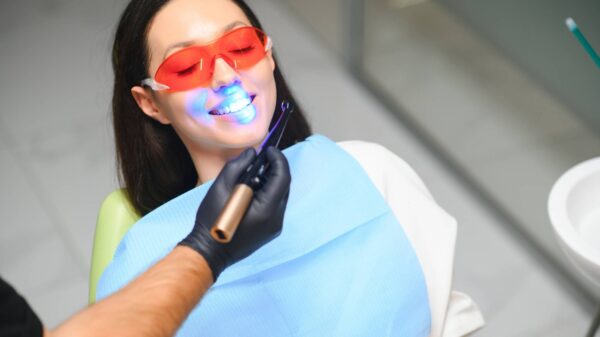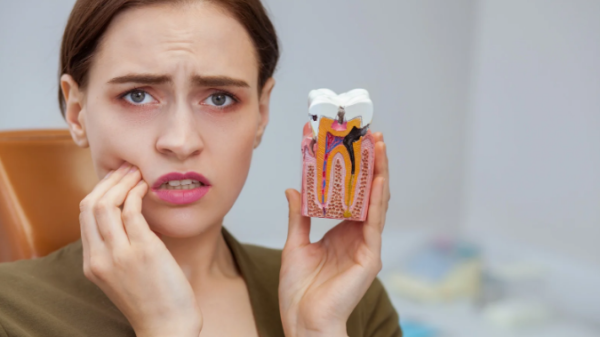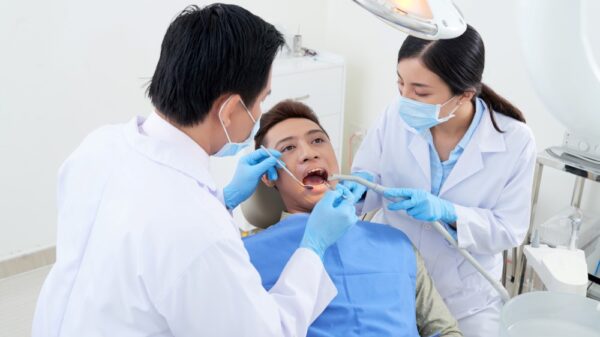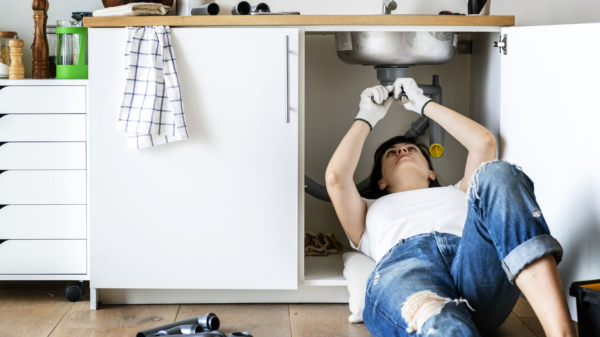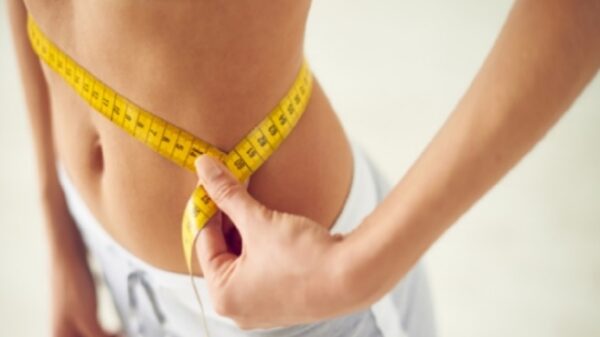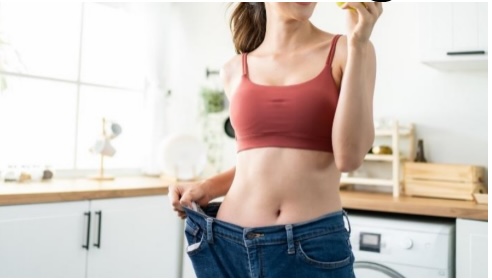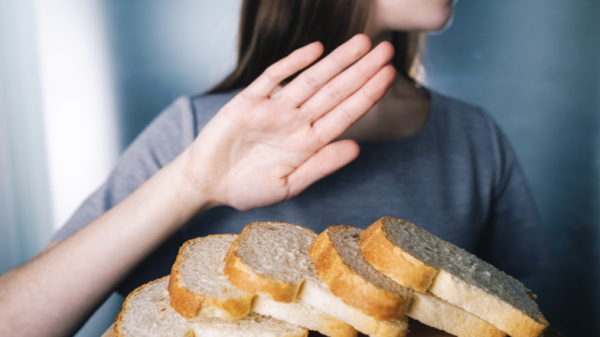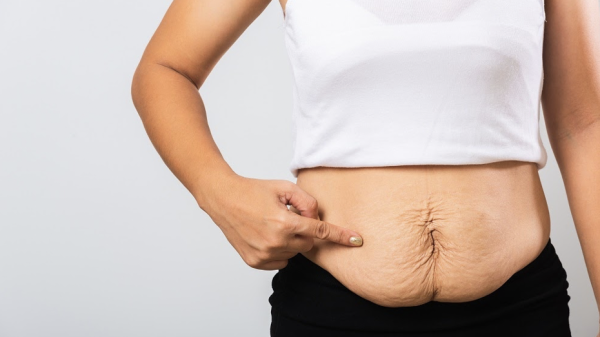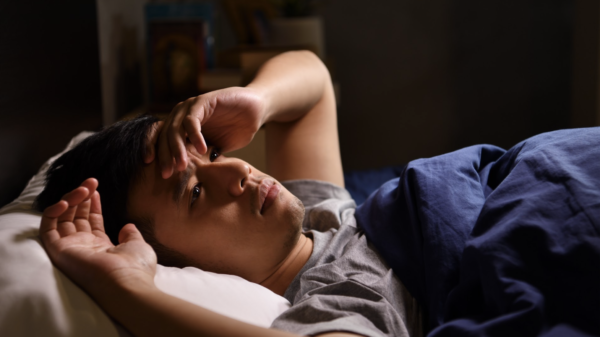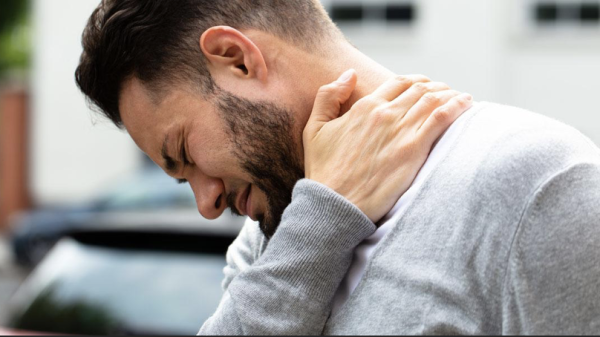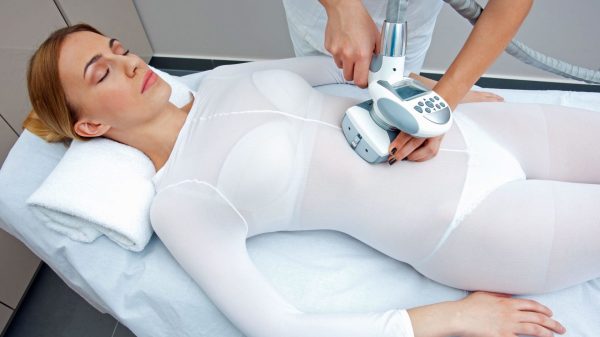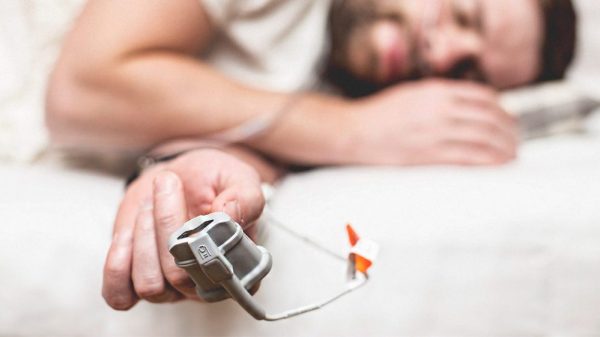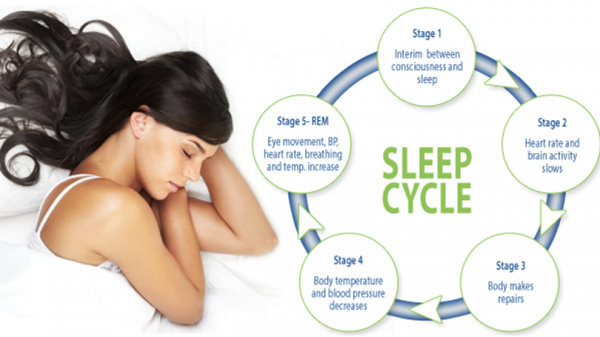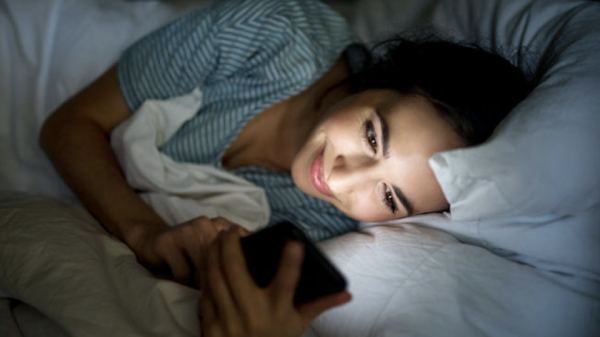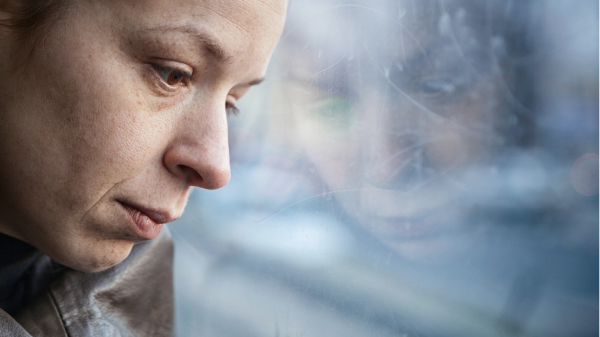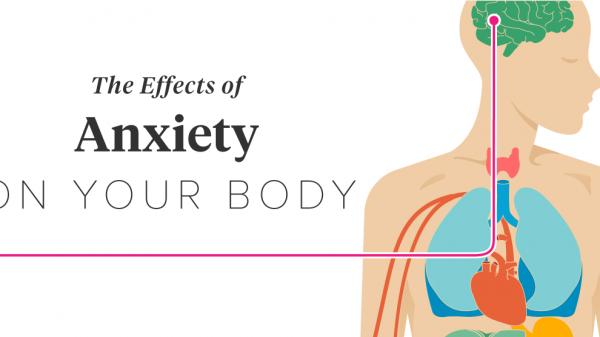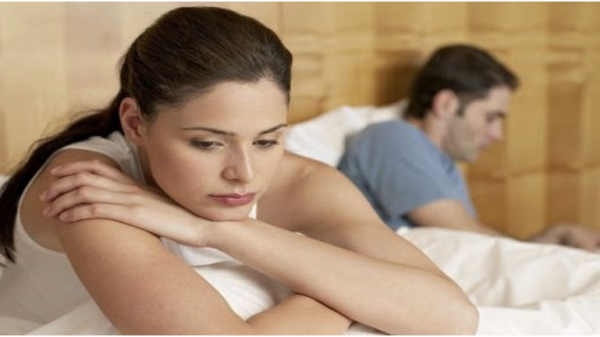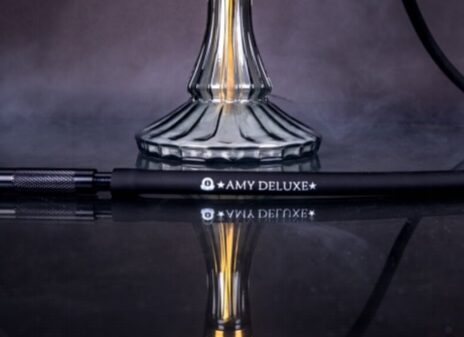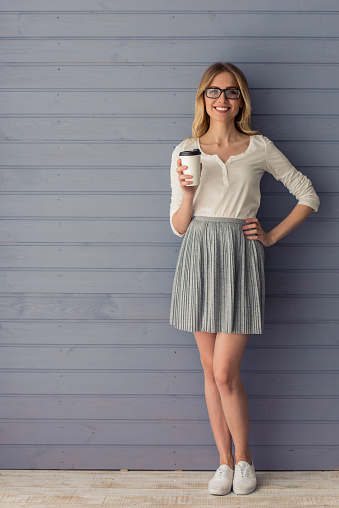Most of us are aware of the perils of long-term sun exposure and apply SPF when expecting to spend prolonged periods outside in the sun. But many of us aren’t aware of the incidental exposure that occurs every day from sitting by the window at work or driving home. The average person is exposed to roughly 840 minutes of sun per week, no matter the weather or the season.
There are numerous old wives’ tales and misinformation regarding sun exposure and how we should be protecting ourselves from UVA and UVB rays. Read on for the surprising truth that clears up these myths.
- On the slopes
Many of us are hitting the slopes or intend to do so before spring arrives, but skiers and snowboarders should be wary. UVB rates may peak in the middle of summer, but the intensity of UVA rays remains damaging all year round, no matter the season or the temperature. These rays can damage your skin, and in winter you might not notice it until it’s too late. Snow on the ground can reflect 80 percent of the UV rays released from the sun. These rays can increase the risk of skin damage and sunburn.
Winter sports often take place in the mountains or at a high altitude, which can also increase ultraviolet radiation. It’s important if you are hitting the slopes to wear UV protective clothing, sun goggles and apply sunscreen to sensitive spots like the nose, lips, neck, ears and chin.
- Through clouds
Many people believe the sun’s rays can’t reach them if the weather is cloudy. But you can still be exposed to UV rays even if you can’t see the sun. A thin cloud will cool temperatures but will only reduce UV radiation by 40 percent.
While a shaded sky is a good means of protection from the damaging effects of UV rays, not all shade protects in the same way. UVB rays are often considered the most harmful element of sunlight because they indirectly reach the skin. Indirect (also known as diffused) UV lighting is a type of radiation that has been scattered by the clouds or bounced back from reflective surfaces like concrete, glass buildings or dry sand. The only shade that you can truly rely on to be UV-free is where the sky can’t be seen or underneath an umbrella.
- Indoors
If you work or sit inside near a window, the chances are you are getting exposed to UV rays. The sun emits two types of UV rays that can damage the skin: UVB rays that cause sunburn, and UVA rays that cause damage and premature aging. Glass absorbs UVB rays, but 75 percent of UVA rays can penetrate glass, and this type of radiation is one of the leading causes of skin cancer.
It’s still important to wear sunscreen and protective clothing while you are inside and near sunlight, or invest in sun protective shades or blinds to cover the glass.
- In the car
Multiple studies have determined that people who spend a significant amount of their time driving have an increased risk of skin cancer and UV-induced skin damage, especially on the left side of their body. American doctors noticed a higher percentage of skin damage on the left side of the body due to driving in vehicles without UV protective windows. Windshield glass is constructed from two layers of laminated glass and a singular plastic layer that will block UVB and UVA rays.
The problem for passengers is that the side and rear windows are generally made from single-pane glass, which is only effective at blocking UVB rays and, much like building windows, only blocks 25 percent of UVA rays. There are UV protective films that can be added to the windows, but it’s still recommended you wear sun protective clothing if traveling for extended periods in a vehicle.
- On a plane
According to the United States Environmental Protection Agency, for every one thousand feet increase in elevation, there is roughly a 2 percent increase in UV radiation, compared to what we are accustomed to at sea level. It’s estimated that flying at 30,000 feet for an hour can be as dangerous as a 20-minute tanning bed session.
Airplane windows will protect passengers from UVB rays but cannot entirely block UVA rays. During a daytime flight, passengers are exposed to considerable UV radiation, so it’s essential to wear a broad-spectrum sunscreen, especially on your face, and keep your blinds down as much as possible.
However, given the limited amount of sunlight you receive on a plane even when sitting by a window, the UVA exposure is minimal.
A traveler would have to spend more than 5,000 hours a year flying to receive a potentially dangerous amount of exposure.
- When wearing lotion
Sunscreen lotions are not always fully effective against UVA rays, although using lotion is better than not wearing any protection at all. Topical sunscreens can block UVB but are unable to filter UVA. This will leave your skin vulnerable to damage. The SPF rating on a product only indicates UVB protection — not UVA protection.
Even items identified as broad spectrum can be misleading because the amount of UVA protection is not quantified, and most sunscreen lotions aren’t effective at blocking UVA rays.
A significant number of FDA-approved sunscreen ingredients are not chemically photo-stable, meaning they will break down if exposed to the sun for an extended period, and can generate free radicals that cause skin damage. Many active sunscreen ingredients can be toxic. They can be absorbed into the skin, and if they enter the bloodstream, they can cause side effects like the disruption of hormones.
SPF presumes the wearer is reapplying the lotion regularly. Choose zinc oxide-based sunscreens because they create a physical barrier between your skin and the sunlight. Avoid products containing oxybenzone, octinoxate, homosalata, octisalate and octocrylene.
- The wrong clothing
A recent dermatology study identified that applying a high SPF sunscreen gives better UV ray protection than using an umbrella to shield from the sun. Umbrellas leave you too exposed, as they don’t block the sunlight that reflects from sand, sea, sidewalk and grass.
Baseball hats protect wearers from glare but don’t shield the sides of your face, your nose or your lower face. Use a full sun hat made from a tight weave and a three- to four-inch brim. If you do have a preference of a cap, choose a low profile cap and remember to use sunscreen around the ears and at the back of the neck.
Many of us will put on a white T-shirt to protect sensitive areas from the sun while on the beach or outside in bright rays, but the average SPF of a white shirt will drop from 7 to 3 if the shirt gets wet from swimming or sweating. Sunglasses are also incredibly important because exposure to UV light increases the risk of developing cataracts, decreased vision and other severe eye conditions.
Even the effects of a dim morning or winter sun makes your skin vulnerable to damage. When buying glasses, get a pair that blocks 100 percent of UVA and UVB rays.





